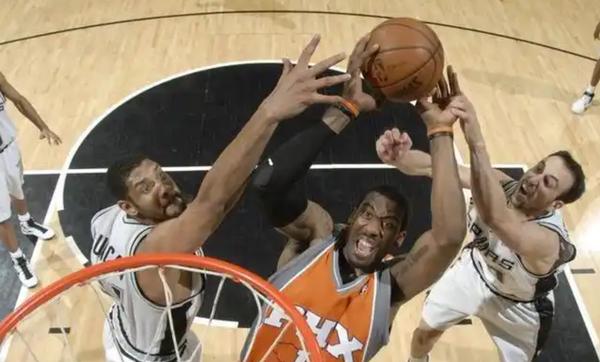The Defensive Limitations of Jokic vs Small Ball
This analysis examines why Denver Nuggets' Nikola Jokic struggles defensively against smaller players while effectively defending other big men, exploring tactical adjustments and implications for modern NBA defensive strategies.

The question of Nikola Jokic’s defensive capabilities presents an intriguing paradox in today’s NBA. While the Serbian center has demonstrated proficiency in defending traditional big men, his challenges against smaller, quicker players highlight a crucial aspect of modern basketball defense.
The defensive dynamics stem from several key factors. When facing traditional centers, Jokic can leverage his size, positioning, and basketball IQ effectively. However, against smaller lineups, particularly in switch-heavy scenarios, his limitations become more apparent. The Nuggets have attempted various defensive schemes to mitigate this vulnerability.
This challenge reflects a broader evolution in NBA basketball. Teams increasingly deploy small-ball lineups with versatile players who can exploit traditional centers through speed and spacing. The Nuggets' coaching staff has responded by implementing specific defensive adjustments when Jokic faces such matchups.
Statistical evidence supports this assessment. Looking at defensive metrics, Jokic maintains solid numbers against conventional big men but shows decreased effectiveness when forced to defend in space against smaller, quicker opponents. This disparity becomes particularly evident in playoff scenarios where teams deliberately target this matchup.
The impact extends beyond individual defense. Denver’s entire defensive scheme must adapt when opponents successfully draw Jokic away from the paint. This often requires additional help defense, creating potential vulnerabilities elsewhere on the court. The ripple effect can be seen in the team’s overall defensive efficiency during such stretches.
Coaching adjustments have included strategic substitutions during critical moments, modified pick-and-roll coverage, and selective switching patterns. These tactics aim to maximize Jokic’s defensive strengths while minimizing exposure to unfavorable matchups. However, the effectiveness of these adjustments varies based on specific opponent personnel and game situations.
Modern NBA offenses have become increasingly sophisticated in targeting such matchups. Teams employ various screening actions and movement patterns specifically designed to force defensive switches and create mismatches against players like Jokic. This tactical evolution reflects the broader trend toward position-less basketball and the premium placed on versatility.
The complexity of this defensive challenge extends beyond simple one-on-one matchups. It involves team-wide defensive rotations, help defense timing, and strategic trade-offs between protecting the paint and defending the perimeter. The Nuggets' success often depends on how well they execute these coordinated defensive adjustments.
This defensive dynamic has significant implications for roster construction and playoff strategy. Teams must balance the offensive advantages of traditional centers against their potential defensive limitations in certain matchups. The solution often involves surrounding such players with versatile defenders who can help mitigate these vulnerabilities.
The basketball community continues to debate the optimal approach to this defensive challenge. Some argue for embracing the limitations and maximizing offensive advantages, while others advocate for developing new defensive schemes or selective substitution patterns. This ongoing tactical evolution reflects the dynamic nature of modern NBA basketball.